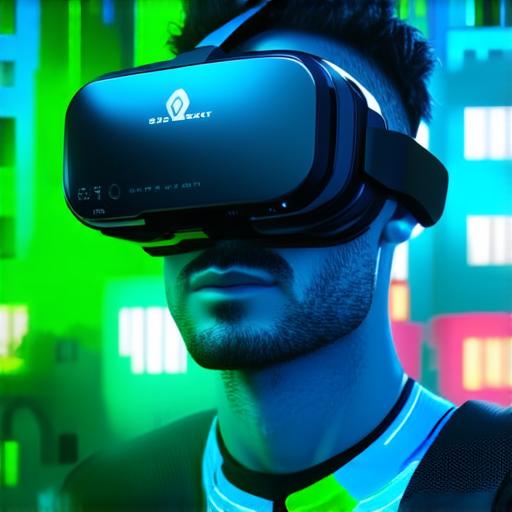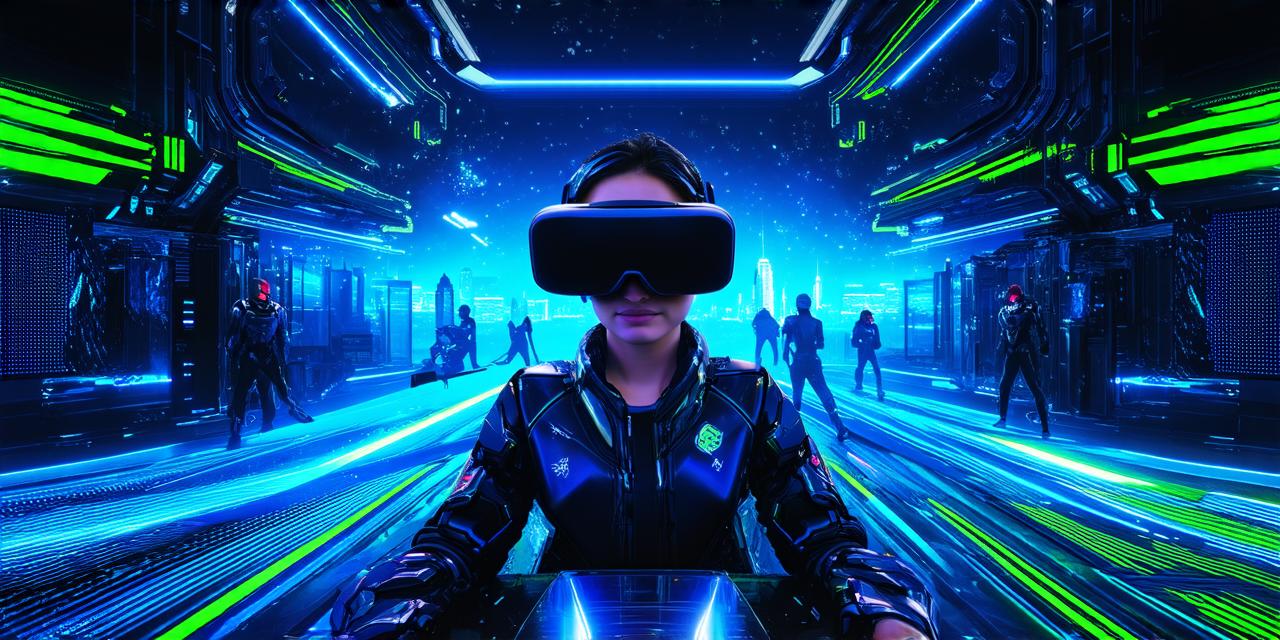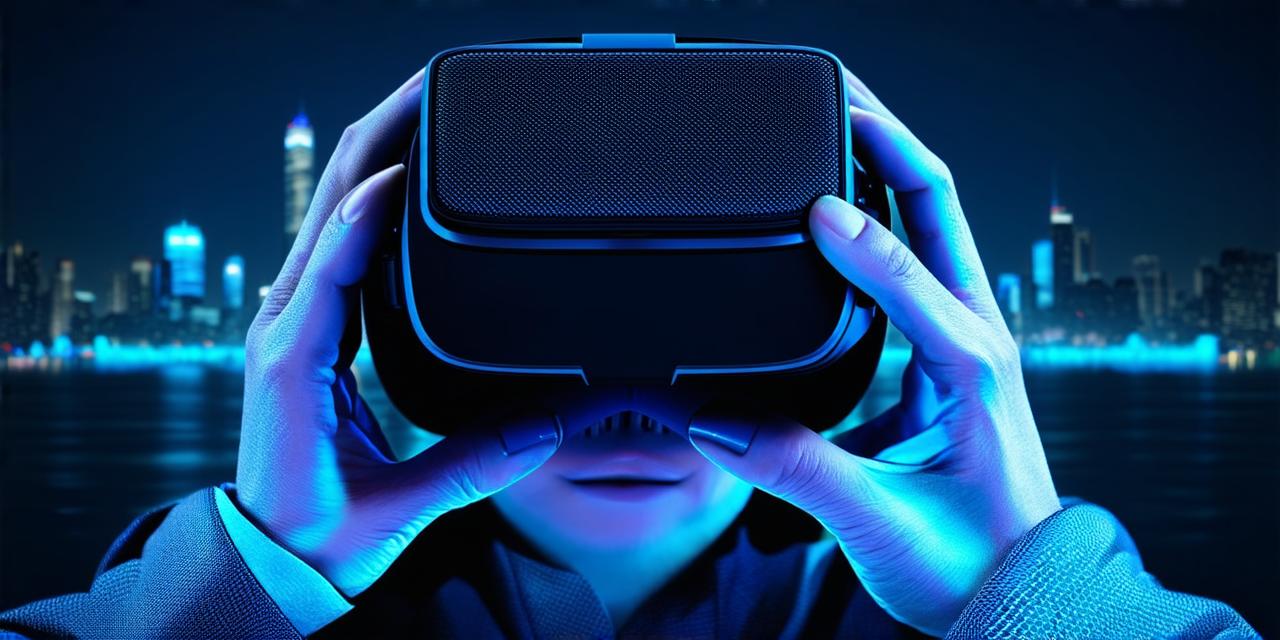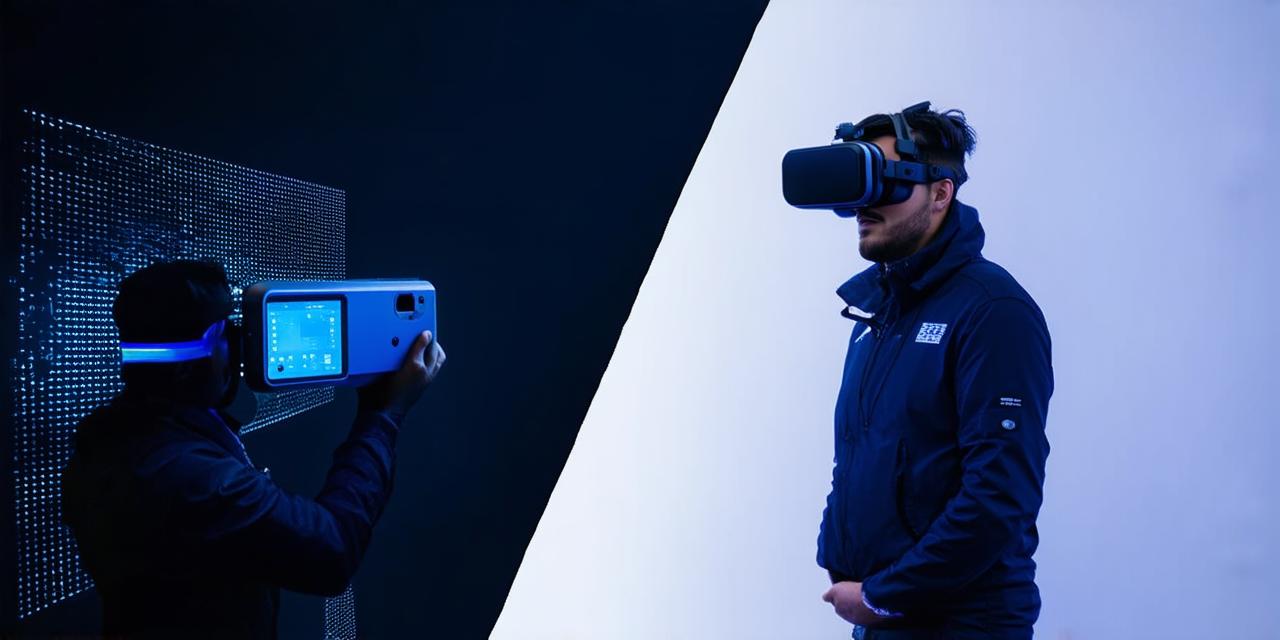Virtual reality, often abbreviated as VR, is a computer-generated simulated environment that can be interacted with and explored by a person using a specialized headset or wearable device.
History of virtual reality
The concept of virtual reality dates back to the early days of computing, with pioneers such as Ivan Sutherland and Jaron Lanier experimenting with immersive environments in the 1960s and 70s. However, it wasn’t until the late 20th century that VR technology became more accessible and affordable, with the introduction of consumer-grade headsets like the Oculus Rift and HTC Vive.
How virtual reality works
Virtual reality is created using a combination of computer hardware and software. The user wears a specialized headset or wearable device that tracks their movements and displays a 3D environment in front of them. This environment is generated using advanced graphics technology, including 3D modeling, animation, and rendering.
The user can interact with the virtual world by moving their body or using handheld controllers equipped with sensors that track their movements. This allows them to perform actions such as walking, running, pointing, and grabbing objects within the simulated environment.
Applications of virtual reality

Virtual reality has a wide range of applications across various industries, including gaming, education, healthcare, entertainment, and more. In gaming, VR allows players to fully immerse themselves in a game world and interact with characters and environments in a way that was previously not possible.
In education, VR can be used to create virtual field trips and simulations that allow students to learn about history, science, and other subjects in a more engaging and interactive way. In healthcare, VR can be used for therapy and rehabilitation, as well as for medical training and simulation.
Virtual reality in the entertainment industry
Virtual reality has also found its place in the entertainment industry, allowing moviegoers to experience immersive 360-degree environments during film screenings. This technology is also being used in the production of live events such as concerts and sports games, allowing fans to feel like they are part of the action.
Virtual reality and the future
Virtual reality technology continues to evolve and improve, with new advancements in hardware and software making it more accessible and affordable for consumers. As VR becomes more widely adopted, we can expect to see even more creative and innovative applications across various industries.
In conclusion, virtual reality is a computer-generated simulated environment that allows users to interact with and explore immersive worlds using specialized headsets or wearable devices. With its wide range of applications and ongoing technological advancements, VR is poised to continue shaping the future of entertainment, education, healthcare, and beyond.



